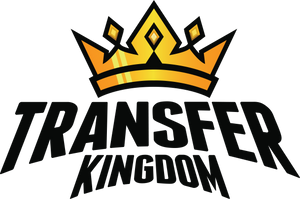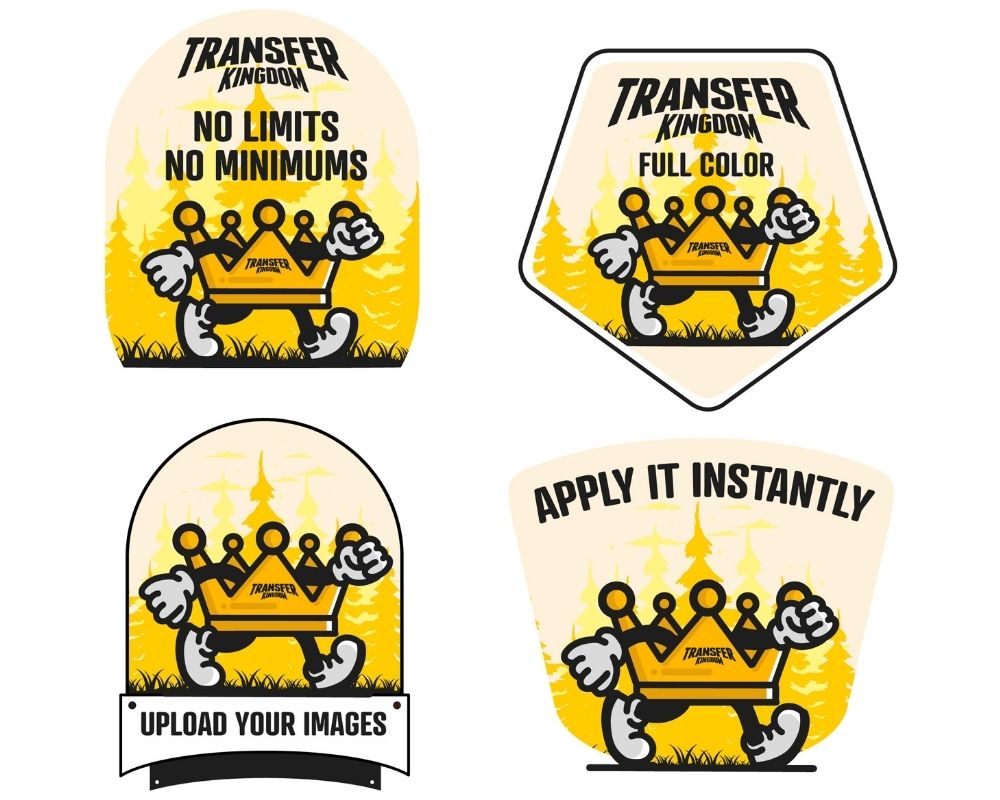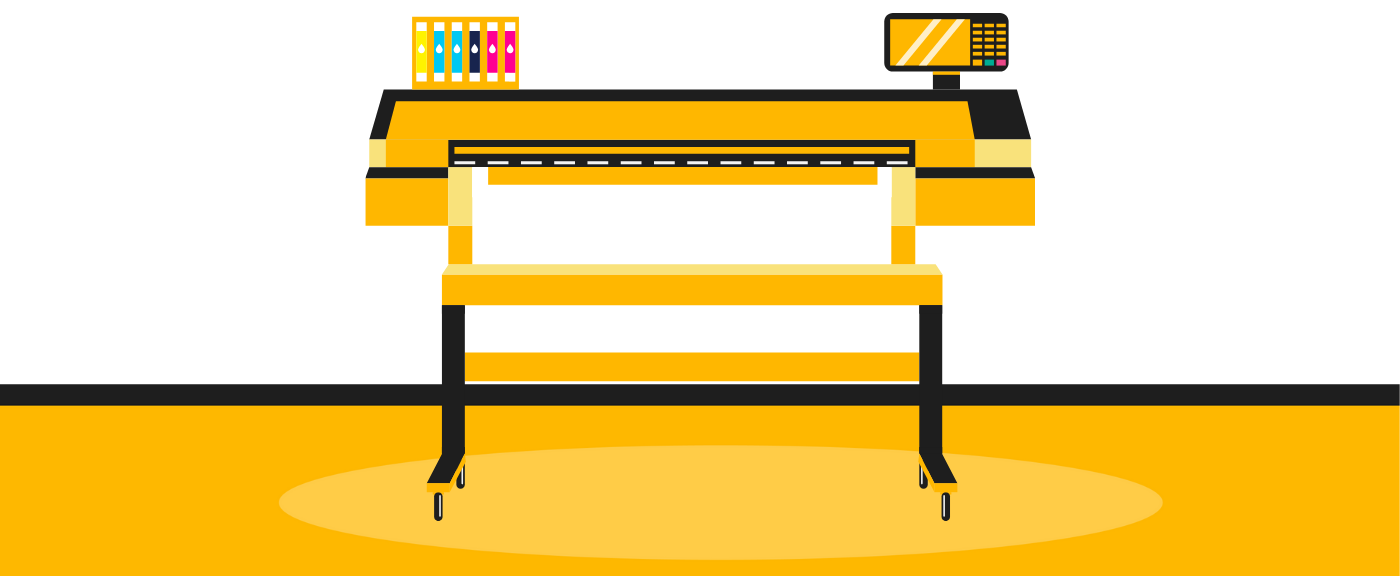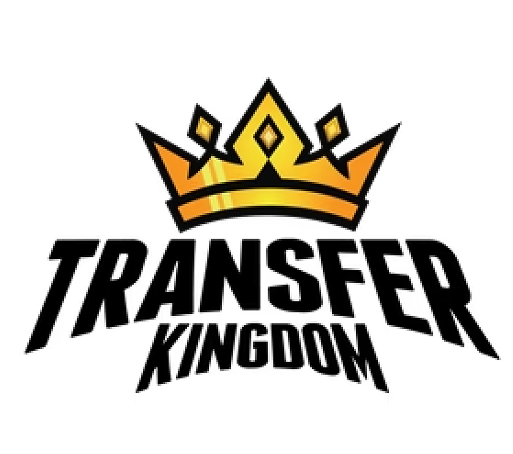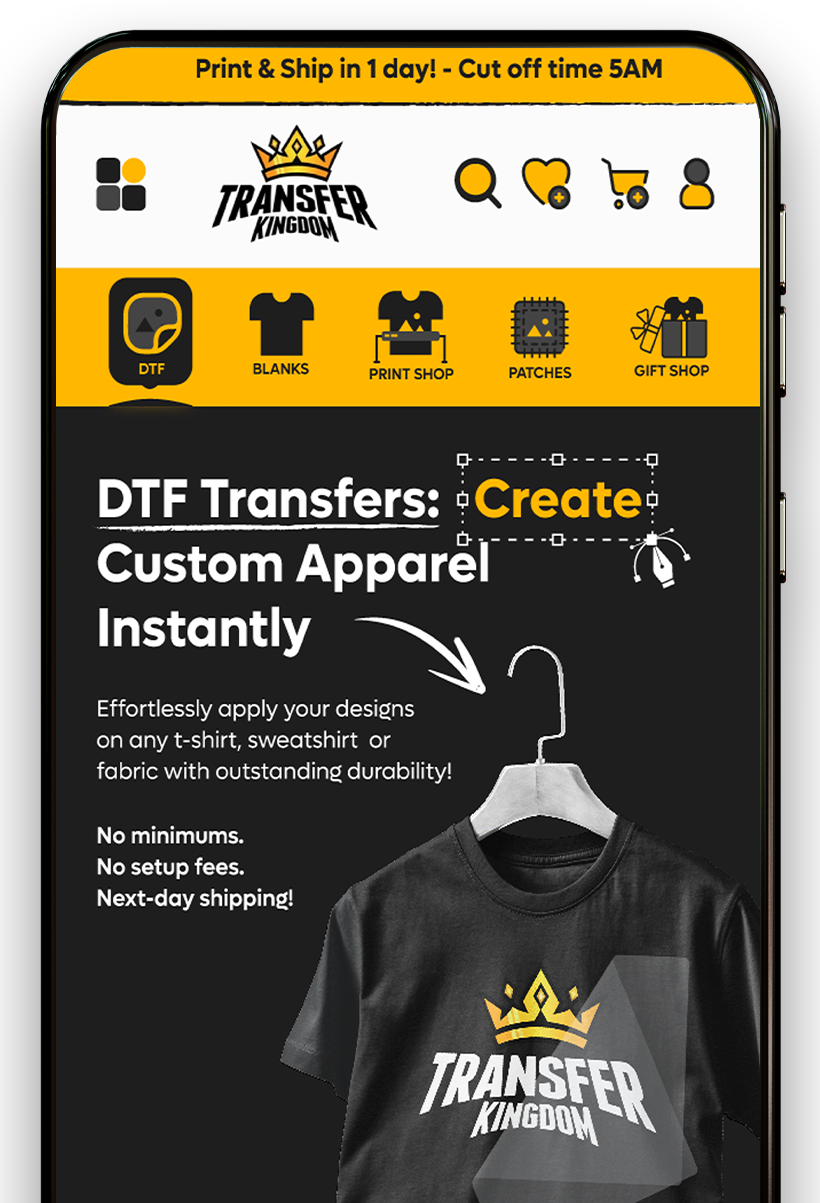Collaborating with Influencers to Boost Your T-Shirt Business

Influencer marketing has become one of the most effective ways to grow a t-shirt business in 2025. By working with the right influencers, you can expand your reach, build trust, and increase sales without massive ad budgets. This guide covers how to collaborate with influencers effectively, from selecting the right partners to creating win-win campaigns.
Why Influencer Marketing Works for T-Shirts
Clothing is highly visual, and customers often want to see how apparel looks in real life. Influencers help by:
Showing your products in authentic settings.
Building trust with their followers.
Driving targeted traffic to your store.
Creating shareable content for your brand.
👉 When you pair influencer reach with the flexibility of Custom DTF Transfers, you can produce new designs quickly and capitalize on trends.
Step 1: Choose the Right Influencers
Not all influencers are equal. Focus on:
Micro-influencers (1k–50k followers): High engagement, niche audiences.
Niche relevance: Fitness, teaching, pets, lifestyle, etc.
Engagement rate: Better than just follower count.
Content quality: Do they align with your brand aesthetic?
📌 Quick Recap: Better to work with 5 micro-influencers than 1 mega influencer.

Step 2: Define Collaboration Types
Common influencer partnerships include:
Free Product Exchange: Send free shirts for honest content.
Affiliate Programs: Give influencers commission for each sale.
Paid Sponsorships: Pay upfront for content/posts.
Collab Collections: Co-create designs exclusive to the influencer’s audience.
👉 Test designs affordably with Premade Gang Sheets before sending large quantities.
Step 3: Craft a Win-Win Proposal
Influencers receive tons of pitches. Stand out by:
Personalizing your message.
Explaining why your brand fits their audience.
Offering fair value (free gear, commission, or fees).
Outlining clear deliverables (e.g., 1 reel + 3 stories).
💡 Pro Tip: Always track results with custom discount codes or affiliate links.
Step 4: Maximize the Content
Don’t just let influencers post and move on.
Repost their content to your own pages.
Use clips in ads (with permission).
Feature influencer testimonials on your website.
Encourage influencers to create unboxing or behind-the-scenes videos.
👉 Add strong CTAs linking back to products like DTF Transfers Ready-to-Press.

Case Study: Influencer Collab Driving Growth
A Houston-based t-shirt startup partnered with 10 micro-influencers in the fitness niche. Instead of paying large upfront fees, they offered affiliate commissions and free apparel printed with Gang Sheet Builder. Within three months, influencer-generated sales accounted for 40% of their revenue, and several of the collabs turned into long-term partnerships.
📌 Lesson: Niche-focused influencer collaborations can outperform traditional ads.
Table: Influencer Collab Models
| Model | Cost | Best Use Case |
|---|---|---|
| Free Product Exchange | Low | Small brands testing reach |
| Affiliate Programs | Commission | Scalable, long-term growth |
| Paid Sponsorships | Higher | Larger influencers, specific campaigns |
| Collab Collections | Shared profit | Unique launches, hype drops |
Step 5: Measure Success
Track influencer campaigns with:
Discount codes unique to each influencer.
Affiliate links to measure clicks/sales.
Engagement metrics (likes, shares, comments).
Customer feedback—did they discover you via influencer?
📌 Quick Recap: If it’s not measured, it can’t be improved.
Step 6: Scale Your Influencer Program
Once you find success:
Create an official brand ambassador program.
Send seasonal collections like Halloween or Christmas drops to influencers.
Add specialty items like Glitter Transfers or UV Stickers.
Expand across niches (fitness, teaching, pets, lifestyle).
Conclusion
Collaborating with influencers is one of the fastest and most effective ways to grow your t-shirt business in 2025. By carefully choosing the right partners, structuring win-win deals, and repurposing influencer content across multiple channels, you can significantly boost brand awareness, build long-term trust, and drive steady sales. Unlike traditional advertising, influencer marketing feels authentic—followers already trust their favorite creators, which means your t-shirts instantly gain credibility when featured in their content.
With tools like Custom DTF Transfers, the Gang Sheet Builder, and Premade Sheets, you can scale new designs quickly to fuel influencer partnerships. This flexibility allows you to create special collections for collaborations, test seasonal designs before investing in bulk, and keep up with fast-moving trends.
👉 Don’t just send free shirts—focus on building real collaborations that deliver value for both you and the influencer. By approaching influencer partnerships strategically, you turn one-off posts into long-term brand advocacy, ensuring your apparel business continues to grow sustainably and stands out in the competitive 2025 market.
Are micro-influencers effective?
Yes, they often have higher engagement rates than larger influencers.
How do I approach influencers?
Send personalized pitches, offer value, and keep it professional.
Should I pay influencers or just give free products?
Depends on size—start with free products, scale into paid or affiliate programs.
How do I track influencer sales?
Use discount codes, affiliate links, and analytics.
Can influencers create exclusive designs?
Yes—collab collections can generate hype and exclusivity.
Which niches work best?
Fitness, pets, teachers, lifestyle, and seasonal markets.
How do I repurpose influencer content?
Repost on social media, ads, and your website.
Do influencers work for small brands?
Yes—micro-influencers are affordable and effective.
How many influencers should I start with?
Begin with 5–10 micro-influencers in your niche.
Where can I get shirts for influencer collabs?
At Transfer Kingdom: Blank Apparel and DTF Transfers.
